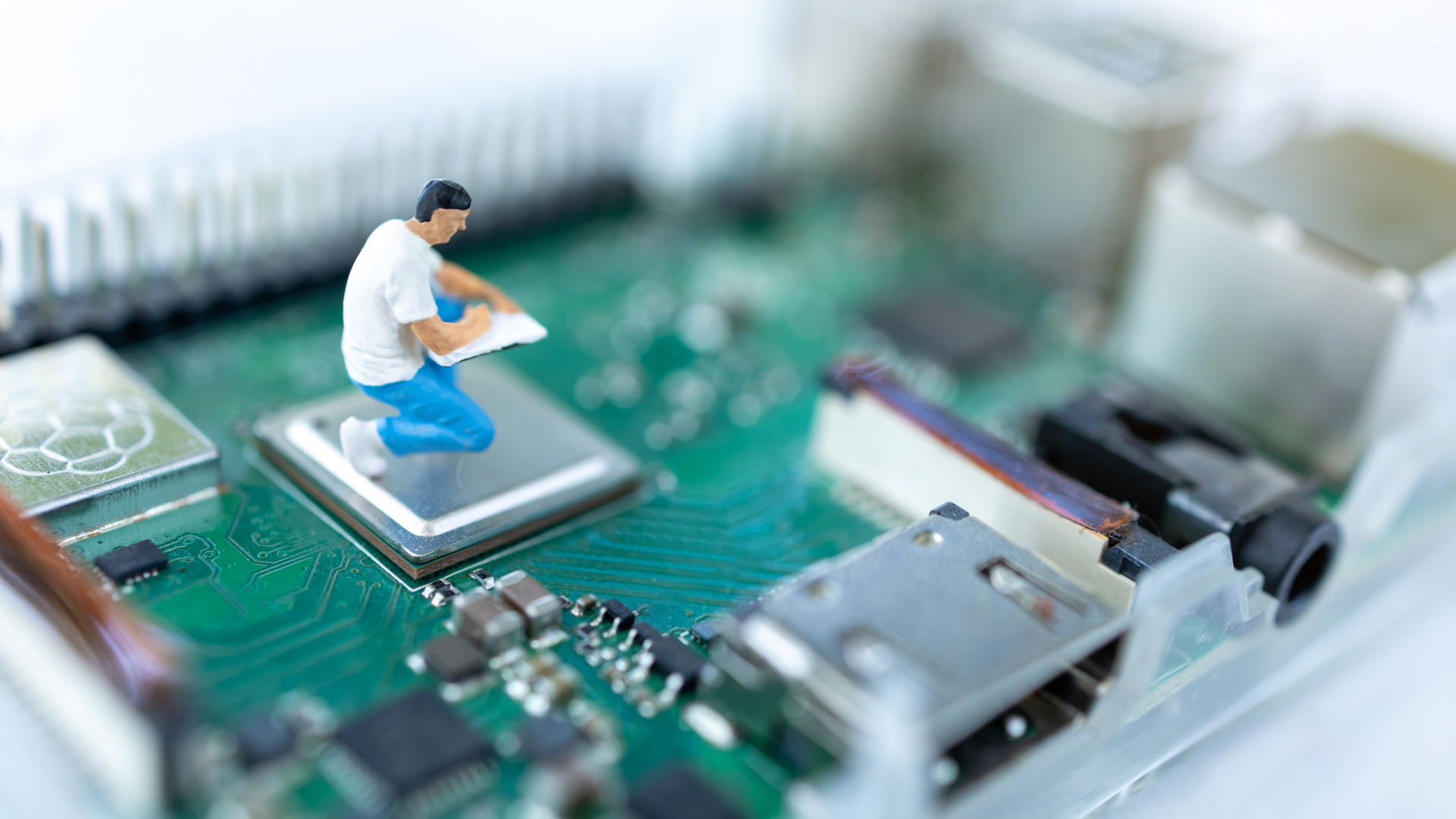Menu
The miniaturisation of electronics

The miniaturisation of electronics
Ever smaller, faster, lighter and thinner: these are the requirements that electronic products have to fulfil. In recent years, the small form factor and system-on-chip integration have come to the fore in the technological offerings of both component manufacturers and system integrators, with the now clear objective of achieving ever smaller, ever more wearable, ever more interconnectable, ever more locally intelligent systems.
The strategies for pursuing these goals are varied, while the results are essentially the same: a reduction in size and power consumption at the same time as a corresponding increase in functionality.
Change is constant in the electronics industry. Since the birth of the transistor in the late 1940s, researchers have embarked on an evolutionary path focusing on miniaturization. A decade later, the first integrated circuit (IC) containing four transistors was developed by Robert Noyce at Fairchild Semiconductor.
We have seen how, in the 1960s, the automotive industry was mature enough to introduce the new transistor technology into the nascent car radios, which allowed for a further step of progressive reduction in size of the device.
Coming to the present day, we can now find tens of billions of transistors in the most advanced processors and semiconductors, all guarantee a drastic reduction in volume with an exponential increase in computational capacity.
Thanks to the process of component miniaturization, the industrial sector, in particular, has seen the degree of automation used in production increase significantly over the last decade.
Initiatives to improve industrial efficiency, such as Industry 4.0 and the Industrial Internet of Things (IIoT), are responsible for the increasing deployment of electronics-based sensor and control equipment as well as machine learning systems based on artificial intelligence applications. This increase in automation equipment is set against the backdrop of extremely limited available space in factories, driving the demand for compact, energy-efficient technologies and state-of-the-art components.
The drive for component miniaturization is not limited to electronic components. Manufacturers of automation equipment and sub-assemblies have also innovated. Advances in 3D printing, materials technology research and a deeper understanding of finite element analysis in mechanical design are helping to reduce weight, size and cost.
Advances in the design and production of miniaturized components have benefited the automotive industry immeasurably. Specifically, in our market, they have given a boost to the development of infotainment, which has become the car’s main control centre. The trend towards miniaturization has allowed designers and manufacturers to incorporate more advanced features into their end products while reducing their impact, giving them the ability to increase the features and functionality of new products without increasing their physical dimensions in the car.
These important developments in electronics have heralded the advent of on-board control units that are significantly more powerful and efficient than in the past, both in terms of calculation capacity and in terms of the energy efficiency of the component within the increasingly complex ecosystem of the modern car.
The gradual compacting of internal components – also driven by the adoption of modular platforms on which the mechanics of the car are assembled together with increasingly optimised procedures and innovative machinery – has allowed a reduction in the number of control units installed on board the car, centralizing more and more functions in increasingly powerful hardware.
Today, more than ever before, the car is a complex system where many devices can connect, interact and exchange data and, more concretely, where the travel experience – enjoyed by drivers and passengers – are often defined and characterized by software ecosystems, which are constantly being updated and developed. In this perspective, the miniaturization of electronics enables and also drives an increasingly user-centred design of interfaces and experiences.
Don’t miss our updates, keep following us on our Linkedin page.To contact us email us at: info@artgroup-spa.com